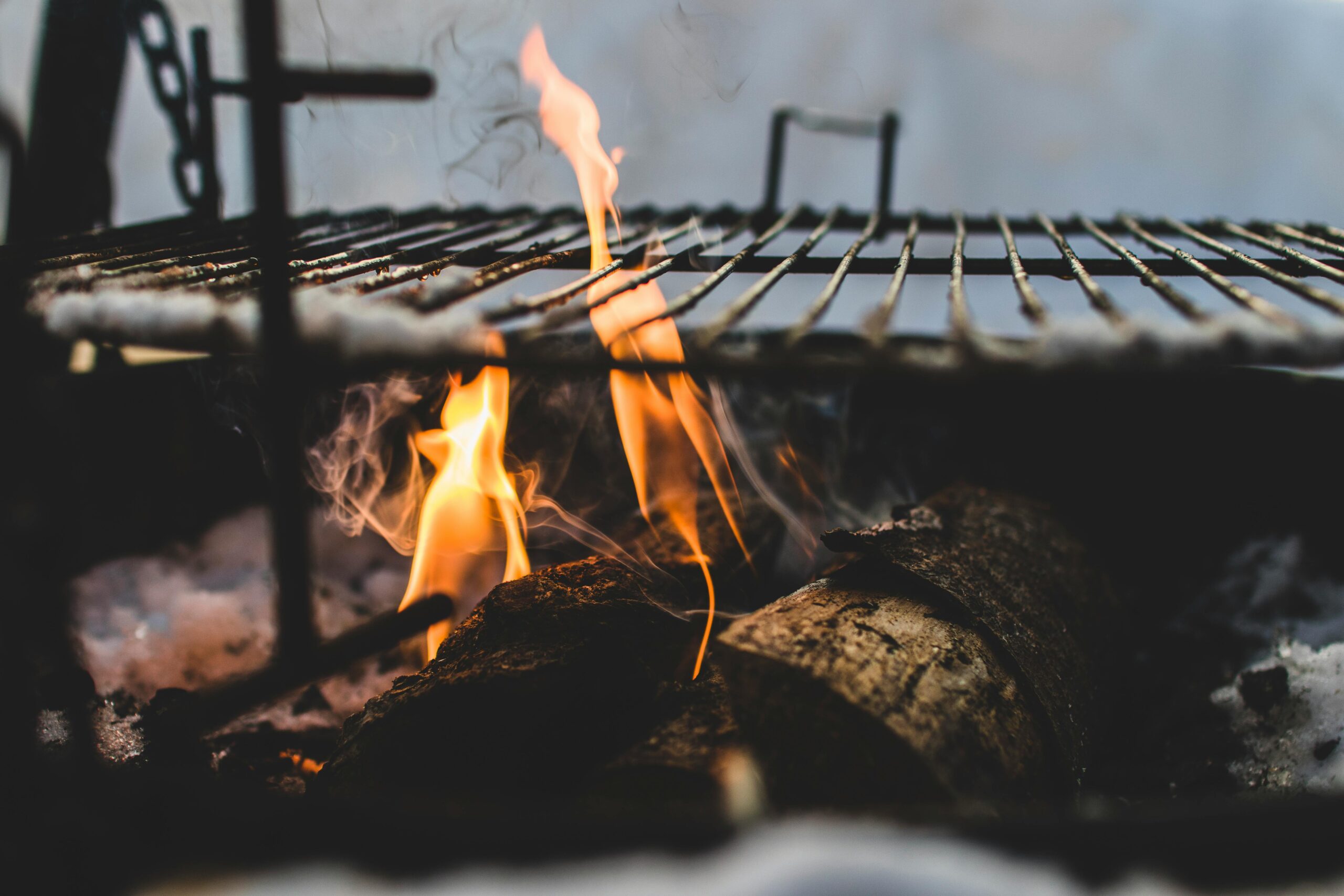A Report From Wine Explorer Diego Samper – America’s Cuisine
Dear Reader,
If I had to ask you – what is America’s cuisine?
I’m not talking about TikTok trends or the latest food truck. I mean something people make with pride. Something that carries family tradition and local character. Something that still tastes like home.
Last week, I asked you to send in your favorite recipes and wine pairings. A few came in – some playful, some precise, all rooted in something real.
A meatloaf mix of veal and lamb, seasoned with homemade mushroom powder. A roadsid burger joint in St. Petersburg, Florida, that one reader swears by. Another note reminded me that the real secret to a perfect steak might be knowing who raised the steer.
But the message that really sent me down the rabbit hole came from one of you – Vince – who casually mentioned he’s a Master Judge with the Kansas City Barbeque Society.
Turns out, he travels the country scoring ribs, brisket, pulled pork – working with an organization that treats BBQ as more than food. It’s craft. It’s tradition. It’s identity.
On their website, their mission reads:
“Recognizing barbecue as America’s Cuisine, the mission of the Kansas City Barbeque Society is to celebrate, teach, preserve, and promote barbecue as a culinary technique, sport, and art form.”
That last phrase – art form – stuck with me.
And honestly? I think they’re right.
Barbecue is America’s cuisine. Not because it’s flashy or fast—but because it’s regional, resilient, built on time and patience. Because it’s taught, shared, argued over. Because it tells a story.
Because recipes, like art, aren’t fixed. We all adjust. We substitute. We improvise with what’s on hand. We do our best with what we have.
It reminded me of a paella recipe my parents used to make – especially when the house was full. After a visit to my aunt’s in the U.S., they mailed them the recipe. The first one was dated August 27, 1992 – typed up and printed out by my aunts, like we used to. A few years later, they sent a revised version in 1997 – by email this time.
